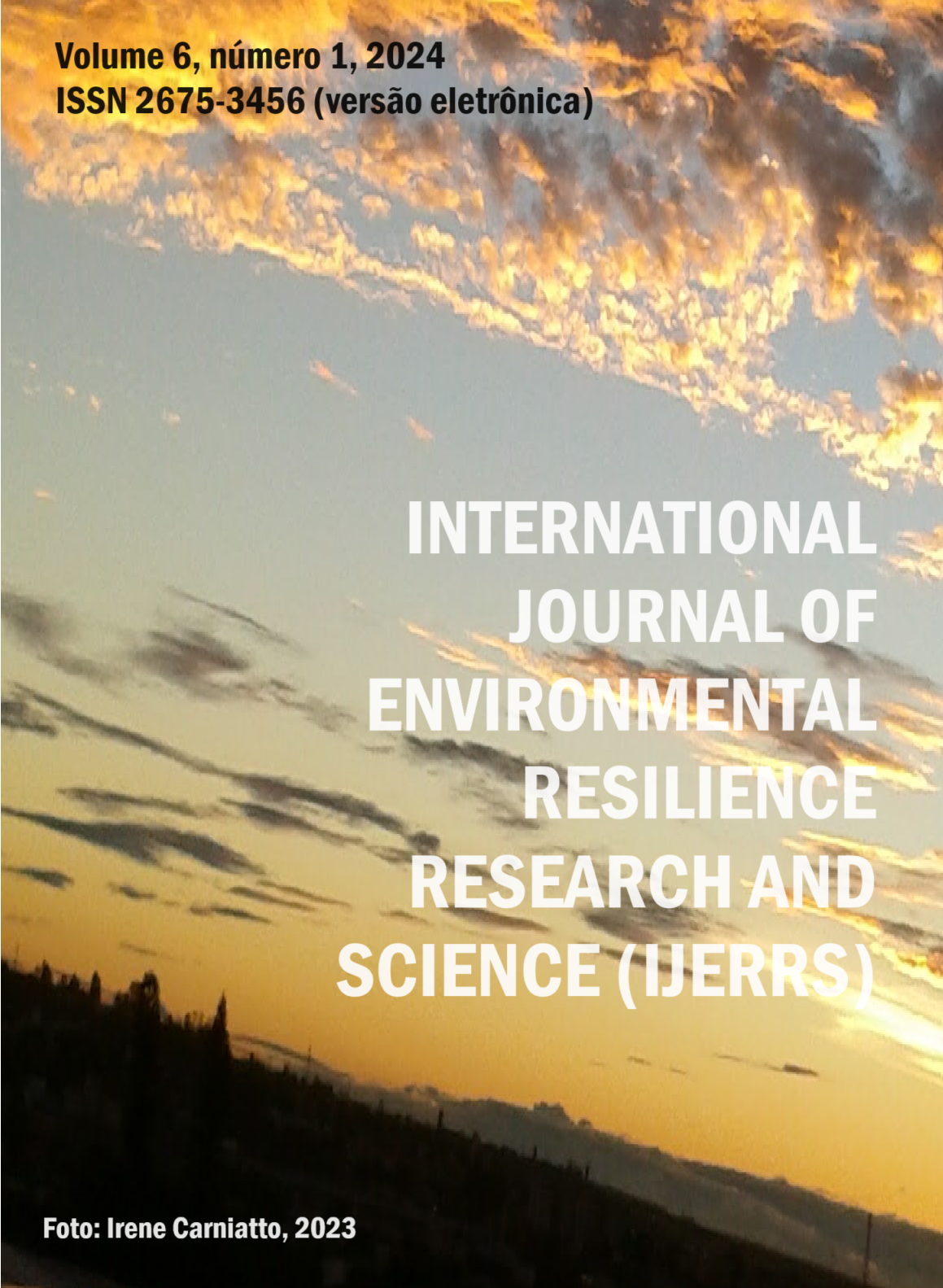Alternative Control of Mildew in Cucumber Crops in a Protected Environment
DOI:
https://doi.org/10.48075/ijerrs.v5i2.32290Abstract
The objective of this work was to evaluate the effect of alternative products (milk, basil extract and antagonistic fungus) to control this disease, comparing them with a commercial fungicide. The work was carried out in a protected environment, in the city of Cascavel, in the period between September 8th and November 12th. The hybrid used was Yoshinari, highly susceptible to the fungus Oidium ssp. The experimental design used was randomized blocks (DBC). The treatments used were: T1 - 20% fresh milk; T2 - extract from the plant Ocimum basilicum L.; T3 - antagonistic fungus Trichoderma harzianum; T4 - commercial fungicide, and T5 – control, with 4 replications, totaling 20 experimental units. Productivity, number of fruits and disease severity were evaluated. The results were subjected to analysis of variance and the means were compared using the Tukey test at 5% probability. It was found that no treatment differed statistically from each other for the evaluated parameters. Thus, the alternative products and the commercial product were not efficient in controlling the disease, as there was no difference from the absolute control.
Key Words: Cucumber; Productivity; Control; Severity.
Downloads
Published
How to Cite
Issue
Section
License
Copyright (c) 2024 International Journal of Environmental Resilience Research and Science

This work is licensed under a Creative Commons Attribution-NonCommercial-ShareAlike 4.0 International License.
Aviso de Direito Autoral Creative Commons
Política para Periódicos de Acesso Livre
Autores que publicam nesta revista concordam com os seguintes termos:
1. Autores mantém os direitos autorais e concedem à revista o direito de primeira publicação, com o trabalho simultaneamente licenciado sob a Licença Creative Commons Attribution que permite o compartilhamento do trabalho com reconhecimento da autoria e publicação inicial nesta revista.2. Autores têm autorização para assumir contratos adicionais separadamente, para distribuição não-exclusiva da versão do trabalho publicada nesta revista (ex.: publicar em repositório institucional ou como capítulo de livro), com reconhecimento de autoria e publicação inicial nesta revista.
3. Autores têm permissão e são estimulados a publicar e distribuir seu trabalho online (ex.: em repositórios institucionais ou na sua página pessoal) a qualquer ponto antes ou durante o processo editorial, já que isso pode gerar alterações produtivas, bem como aumentar o impacto e a citação do trabalho publicado (Veja O Efeito do Acesso Livre).
Licença Creative Commons
Esta obra está licenciada com uma Licença Creative Commons Atribuição-NãoComercial-CompartilhaIgual 4.0 Internacional, o que permite compartilhar, copiar, distribuir, exibir, reproduzir, a totalidade ou partes desde que não tenha objetivo comercial e sejam citados os autores e a fonte.









